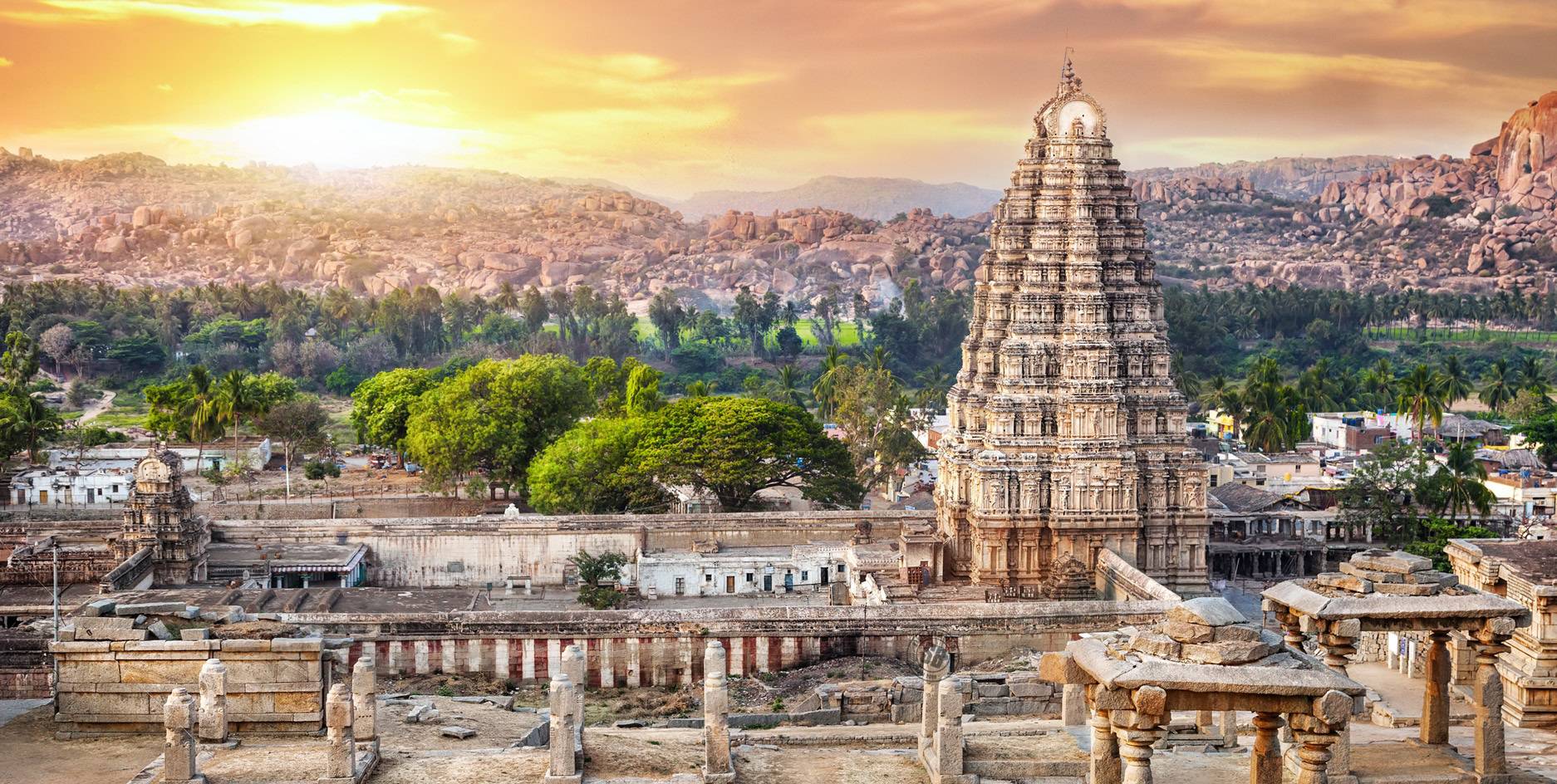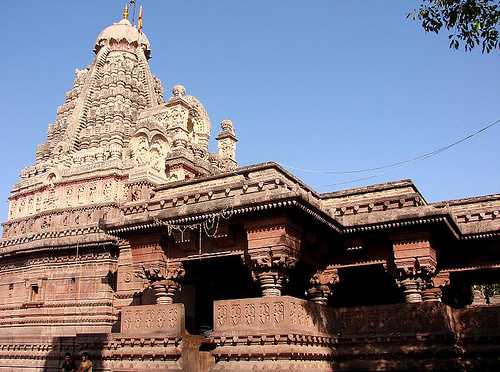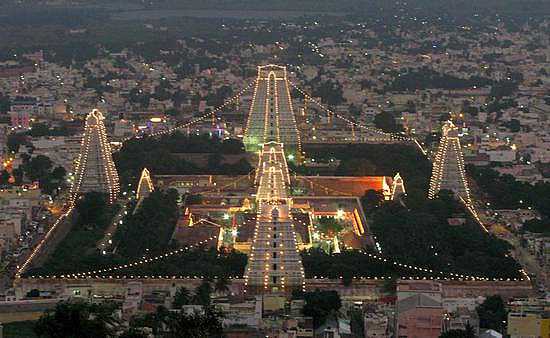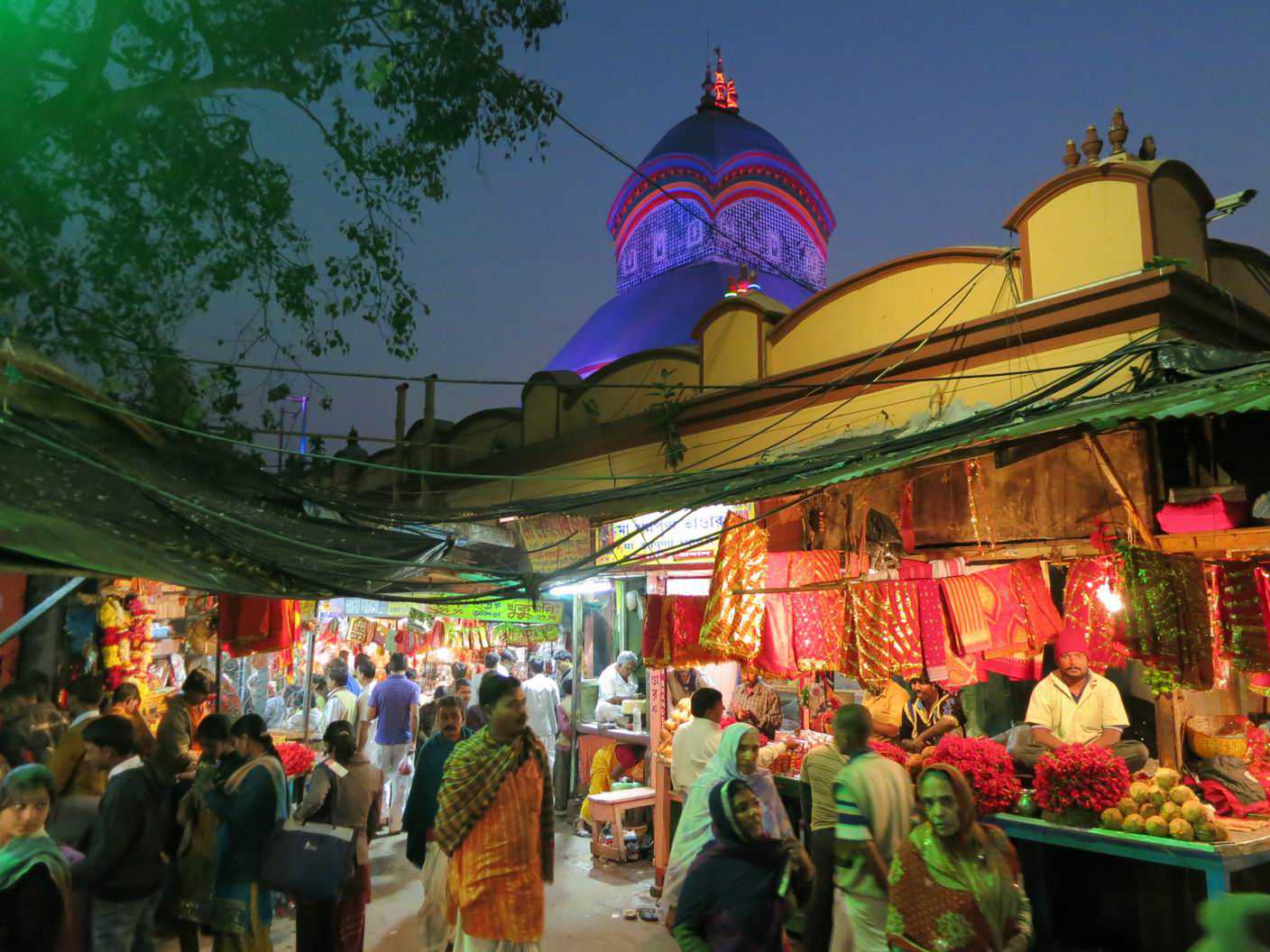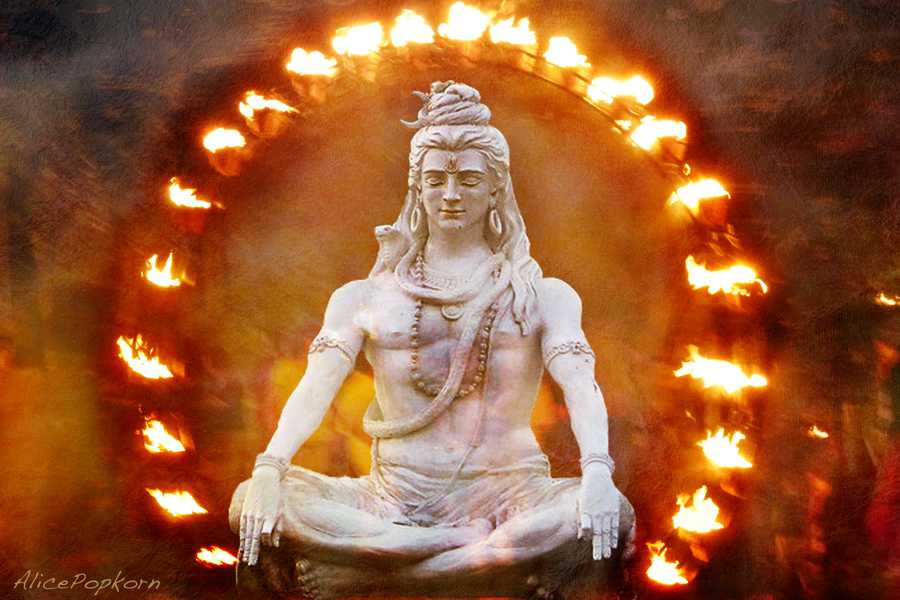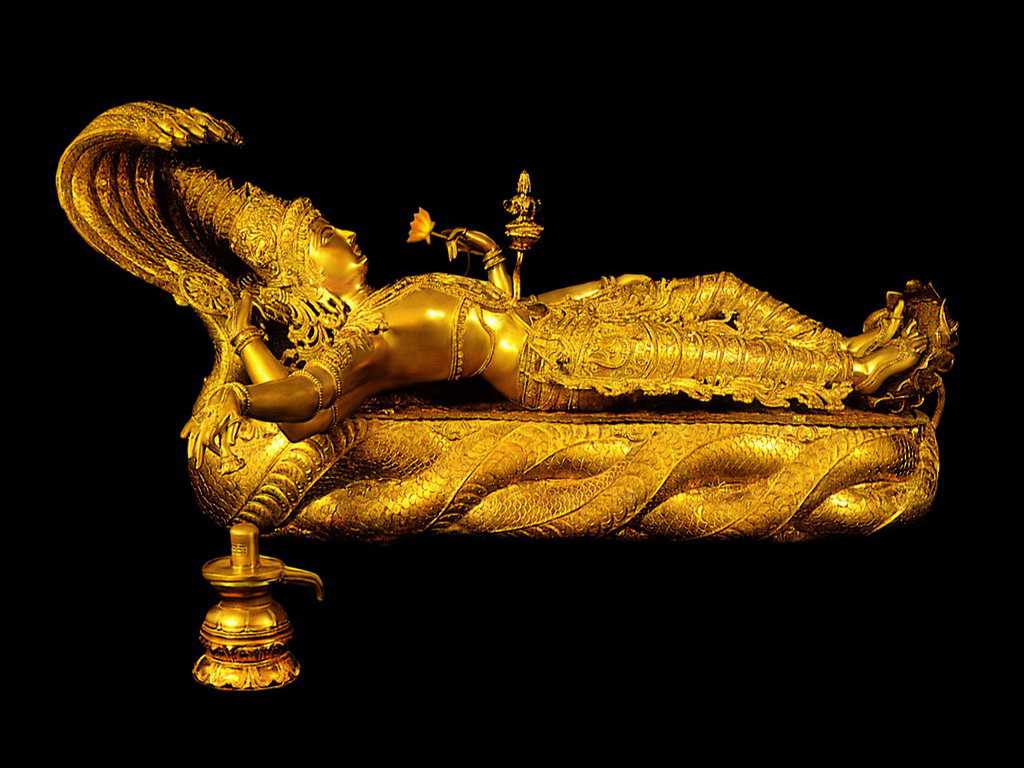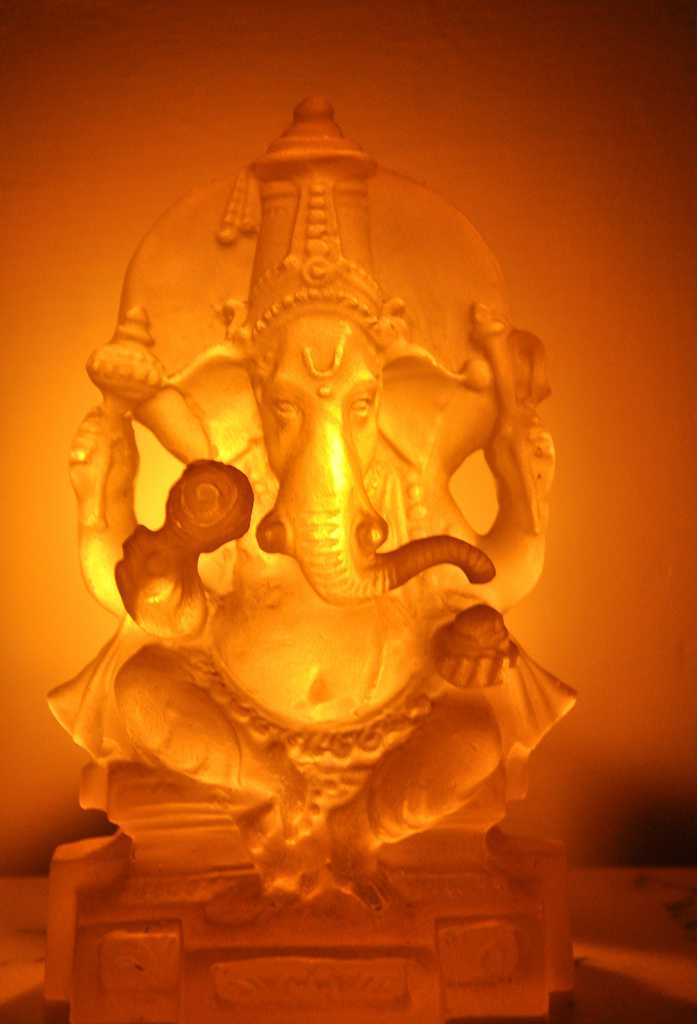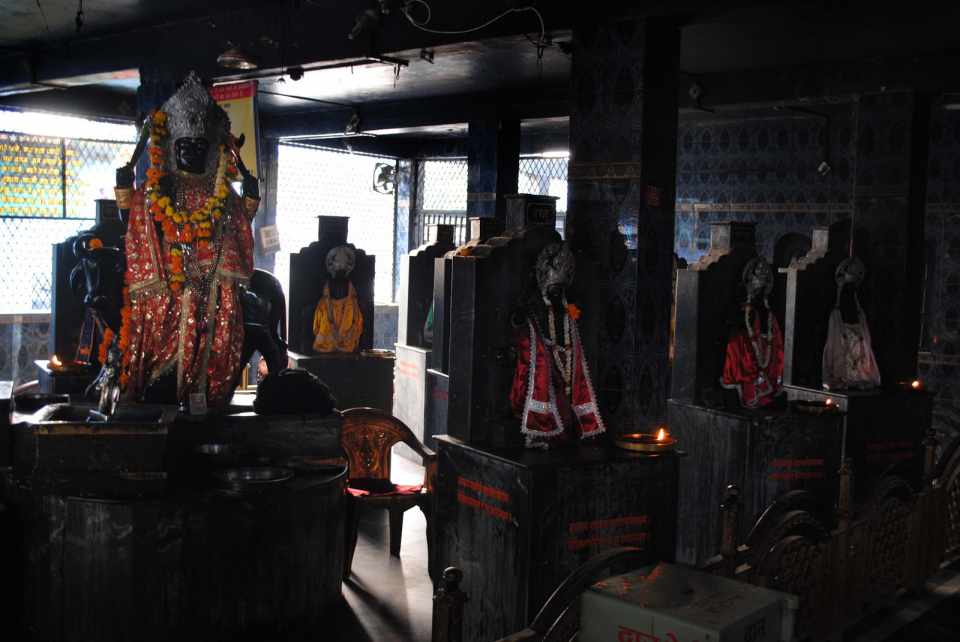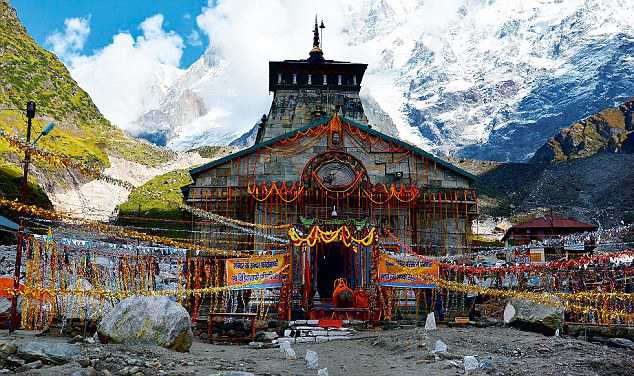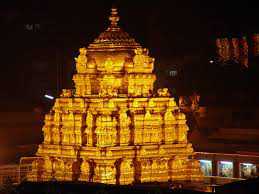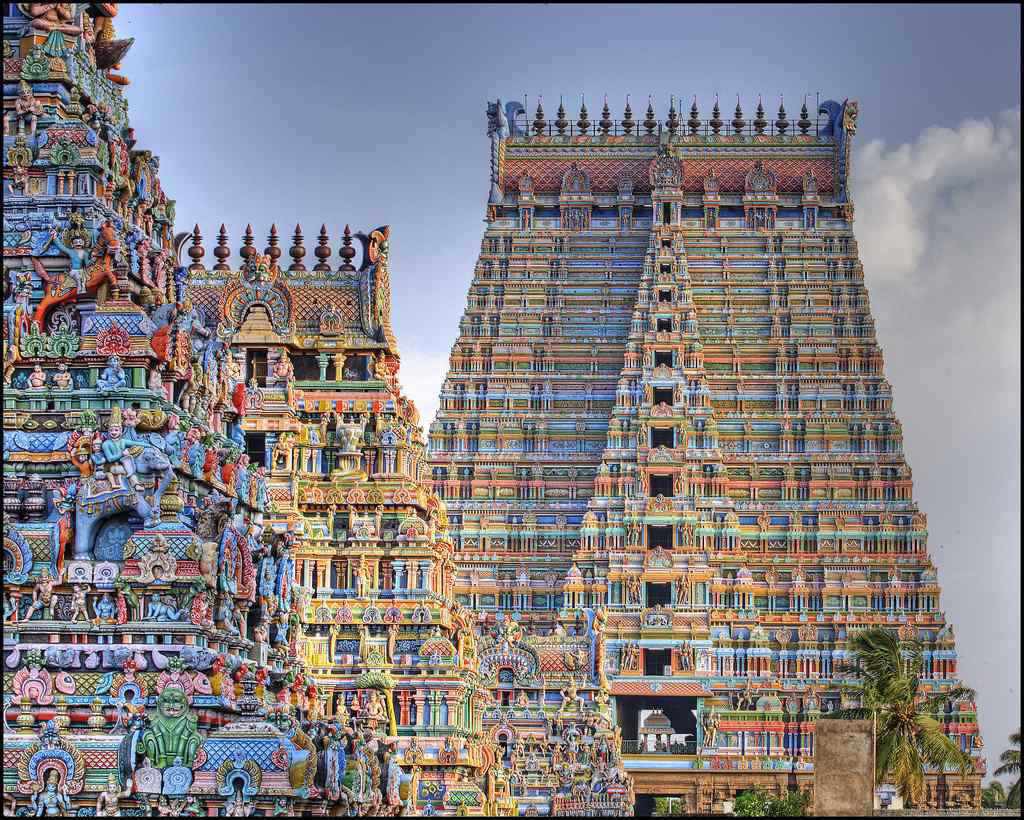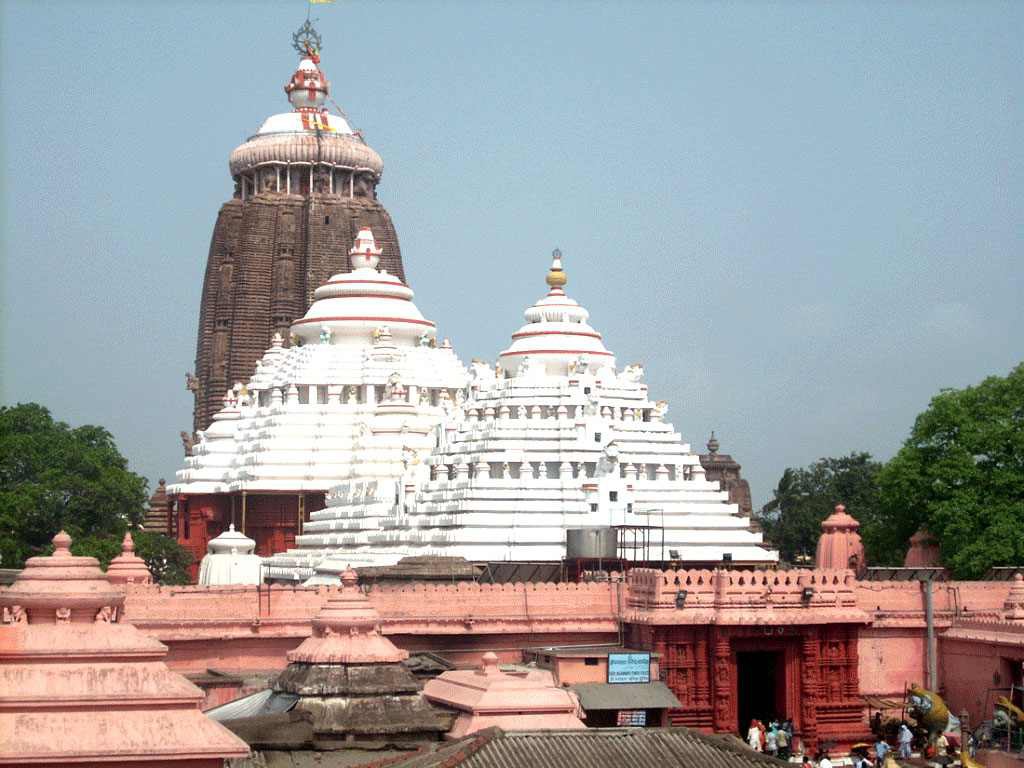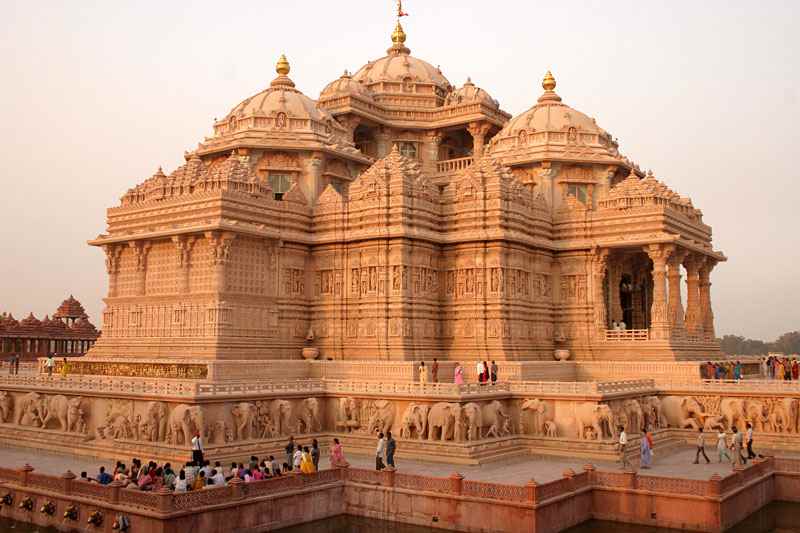No products in the cart.
“Catur-vidha bhajante mam janah sukrtino ‘rjuna
artho jijnasur artharthi jnani ca bharatarsabha”
This is from verse 16, chapter 7 from Shrimad Bhagavad Gita where lord Krishna tells Arjuna that the best one among the Bharatas, 4 types of men render their service to me. They are the distressed, the ones who desire to have more wealth, the inquisitive ones, and the one who is in constant search for knowledge of the absolute.
According to Hinduism there exist 2 concepts of god. One being the nirguna brahma ,that is god without any manifestation and the other being the shagun brahma which means the embodied version of god. And thus it became the main strong force for the construction of temples for gods and goddess so that the human beings could concentrate on the embodied form of god. Purity and concentration of mind was an essential factor to establish union with the Ultimate and hence such an atmosphere was provided in the temple.
During the Vedic period temples did not exist and they worshipped fire and believed that it stood for god. The holy fire was lit on a platform in an open atmosphere and people constantly worshipped it and did their regular offerings and oblations. With time and as race progressed they believed that temples were essential as it served as a sacred meeting place with different spiritual energies and to exchange their views and revitalise themselves. Gradually large temples were built on top of river banks hills, sea shores. In fact the Indian towns right from Amaranth to Ayodhya , Brindavan to Banaras or from Kanchipuram to Kanya kumari are extremely well known for their beautiful temples.
Browse Complete Temple Encyclopedia
![]()
HINDU TEMPLES, AN ARCHITECTURAL MARVEL
It took more than 2000 years for the architecture of the Hindu temples to evolve. Temples are of various shapes and sizes with variations in the types of domes and gates. Even temples of south India differ from those of north India and yet each temple looks unique and magnificent in its own way. In spite of these variations majority of the temples have certain things in common. Some of them being:
- The shikhara– shikhara or the summit is the steeple of the dome and denotes the mythological meru or the highest peak of the mountain. In most of the temples the steeple is usually in the form of the trident of Shiva and the dome also varies from place to place.
- Garbhagriha– garbhagriha or the inner chamber of the temple also known as the womb chamber is the place where the murti or the deity is placed and worshipped. This place is considered to be extremely sacred and hence only the temple priests are allowed to enter inside this area and not the visitors.
- Hall-majority of the temples have a large area where the devotees can sit and pray. In olden days it was also called as the nata mandira where in the woman dancers or the devadasis would perform their dance rituals. Devotees can meditate, chant the slokas, pray, watch the priest perform the rituals in a peaceful manner. The hall is decorated with paintings of gods and goddess to create an ambience for the devotees so that they can rejuvenate themselves.
- Bell- in most of the temples the entrance of the temple has a huge metallic bell that hangs from the ceiling. the devotees ring the bell each time they enter and leave the temple premises.
- Water source- in ancient days they believed that water was very essential in the temple premises to bring purity to the temple, remove the bad energy waves and even for a ritual bath just before entering the temple. And hence if the temple was not built on a natural water body source they made sure a reservoir of fresh water was built near the temple premises.
- Walking area- as a mark of respect to the almighty most of the temples have a walking pathway around the temple .
A Documentary on Indian Temples
THE ORIGIN OF HINDU TEMPLES
According to ancient history it is believed that temples did not exist during the vedic period . The earliest temple structure was found in Surkh kotal which is a place in Afghanistan during the year 1951 by a French archaeologist. But, however later the temple was dedicated to king Kanishka of 121-151 AD. Eventually the importance of idle worship started to gain importance towards the end of the Vedic period and thus the concept to temples came into light.
During the ancient times community temples were made up of clay with thatched roofs made of straws and leaves. Sometimes in certain remote places and mountainous terrain cave temples existed. Later only temples were made out of stones and bricks. In fact the earliest structures that indicate idol worship can be traced back to 4 th or the 5 th century AD. There was significant growth and rise of the Hindu temples between the 6th and 16th century and a great part of it can be contributed to the various dynasties that ruled India during that period. They considered that building temples was an extremely pious act and hence kings, wealthy men were ready to put their hands down and help in the building of the temples for its growth and perform various religious activities.
HINDU TEMPLES OF SOUTH INDIA
The Pallavas who reigned between the 600-900 AD helped in the building of the rock cut chariot temple of Mahabalipuram. Even the famous shore temples , the Kailashnath and Vaikunath Perumal temples in Kanchipram happened during this era. The Pallavas architectural style continued to still flourish with the sculptures becoming more intricate and the statures began to look more realistic than before. This continued to extent even during the periods of the Cholas (900-1200 AD) the Pandyas(1216-1345 AD), the Vijayanagar kings(1350-1565 AD) and the Nayaks(1600-1750AD). Even the great Chalukyas who ruled between 543- 753 ad and the Rashtrakutas who ruled between 753-982 ad made significant contributions to the temple architectures in south India. Some of the famous temples that are still embedded in our minds for their outstanding architectural marvels include the cave temples of Badami, the Virupaksha temple at Pattadakal, the Durga temple at Aihole, the Kailasantha temple at Ellora .
The south Indian style of constructing temples reached its pinnacle during the Chola period and the Pandyas followed their footsteps and tried and improved on their Dravidian style as this is clearly evident in the temples of Madurai and Srirangam. The Vijayanagar kings eventually took over the tradition and proved it in the brilliant temples of Hampi.
However it is the Nayaks who took after the Vijayanagar kings and brought in the concept of hundred or thousand –pillared corridors, the tall and ornate Gopurams that formed the gateway to the temples.
HINDU TEMPLES OF THE EAST , WEST & CENTRAL PART OF INDIA
Coming to the eastern part of India , especially in Orissa between 750-1250 AD and in the central part of India between 950-1050 AD a lot of beautiful temples were built. Some of the temples that enhance the architectural heritage of Orissa include that Lingaraja temples in Bhubaneshwar, the Jagannath temple in Puri, the Surya temple in Konark. Even the Khajuraho temples and the temples of Modhera and Mt Abu of central India have their own stamp mark. The Aath Chala or the eight sided pyramid and the gabled roof of the temples in Bengal along with its terracotta architectural styles were extremely popular.
HINDU TEMPLES OF SOUTH EAST ASIA
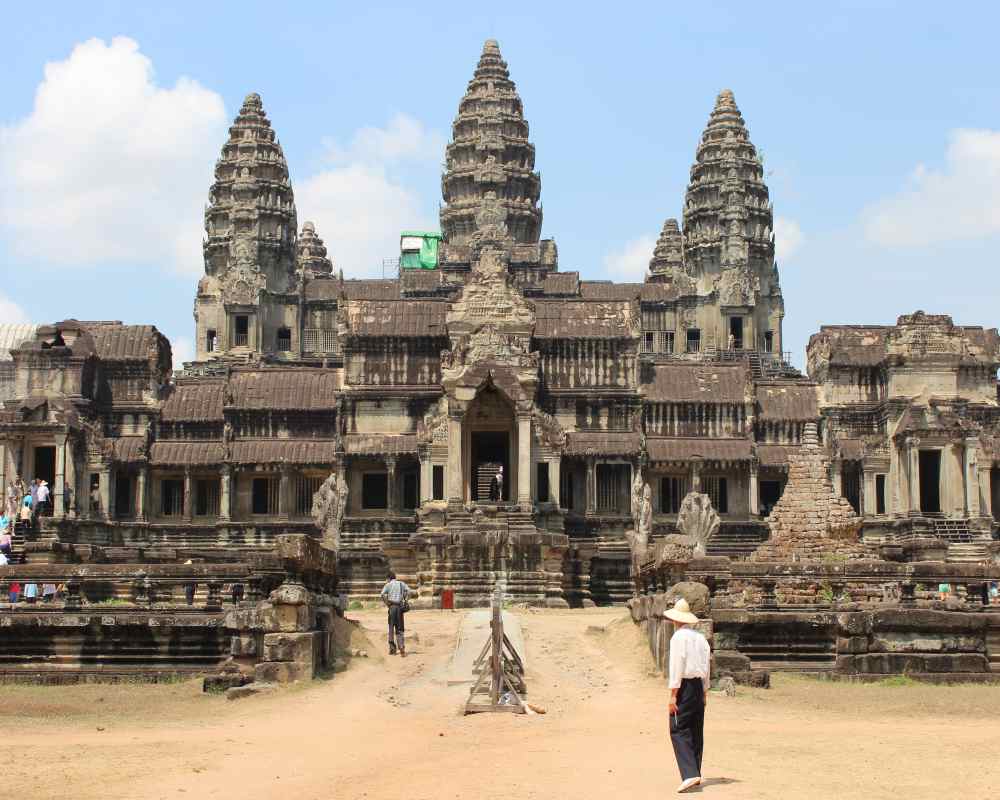

A lot of the southeast Asian countries were ruled by the Indian monarchs and they constructed some marvellous temples between the 7 th and 14th century AD. In fact it is been spoken about so often and has become a spot for tourist attraction. Some of them being the Angkor vat temples built by king Surya Varman II in the 12th century. Other important temples include the Chen la temples of Cambodia, the Shiva temples at Dieng and Gadong songo in Java and the Pranbanan temples of java, the Banteay Srei temple at Angkor, the Gunung kawi temples of Tampaksiring in Bali and Panataran and the mother temple of Besakih in Bali.
MODERN DAY HINDU TEMPLES
In today‘s world India is bristled with beautiful temples. In fact in the year 2005 the largest temple complex was inaugurated in New Delhi on the banks of the river Yamuna. The majestic Aksharadham temple is proposed to be the world’s tallest Hindu temple in Mayapur in West Bengal and it involved the efforts of nearly 11000 artists and volunteers to make this mission complete and a successful one.
For a lot of Hindus they consider the religious path as bhakti or devotion towards their personal god. In spite of having an ishta devata or a particular adherence to one deity there is often a widespread acceptance to the other wide variety of gods. In other words it can be said that most of the devotees are polytheists worshipping all or part from the vast range of deities.
Browse Complete Temple Encyclopedia
PUJA AT TEMPLES
The worship to the almighty is done on a daily basis or on special days where in devotees make ritual offerings and prayers in front of the deity. Puja has a series of ritual stage sand it is advised to be done in a particular manner to get complete benefit right from personal purification and invocation of the god to offering of flowers , food and then later accompanied by fervent prayers. While some of the devotees like to perform the puja at their home others prefer going to temples and offer prayers to the almighty with the help of the temple priest who receive offerings from the devotees and they in turn present it to the god. It is considered that the gifts become sacred once they come in contact with the images of the almighty and is thus received by the worshippers as a prasada of the Ultimate. A lot of devotees smear sacred ash or saffron powder on their forehead once the puja is over.
WORSHIP
“Cancalam hi manah krsna pramathi balavad drdham
tasyaham nigraham manye vayor iva su duskaram”
This is again from the Srimad Bhagavad GitaVerse 34, Chapter 6 which means that the mind is restless turbulent, obstinate and very strong and to control and subdue it is more difficult than controlling wind , o Krishna.
Hindu Temples were considered as a medium and center for interacting with the god and conveying to the almighty one’s problems and trying to find a solution to it. It is said that the environment in the temple produces a psychological effect and helps to improve the concentration and at the same time the god must be approached with at most humility, without any sense of pride, complete self control, a sense of gratification and steadiness. It is said that once you enter the temple you eventually leave behind the perception of evil of birth, false thoughts, worries, depressions, diseases and enter a completely different world where everything else becomes unimportant.
All of us must have the heard that ego is the greatest enemy of man and it can destroy him in matter of seconds. It can even lead to lust and anger. However once you enter the temple premises and stay amongst the midst of hundreds of devotees the entire atmosphere can transform oneself and the false sense of ego eventually begins to evaporate. This feeling is the best state for offering puja where in both the body and the mind remain in unison.
It is believed that god lies in the faith of the individual and temple is a place where devotees believe that god exists. The hardships that one undergoes during their lifetime make their will stronger to take any effort to meet the ultimate and get his blessings.
WHY SHOULD WE GO TO TEMPLES?
In India there are main pilgrimage centres . They being the Badrinath, Dwaraka, Puri and Rameshwaram. The others being the Kedaranath, Kashi Vishwanath, Tirupathi Balaji, Shirdhi dham, Vaishno devi. It has been a common practice for many years where devotees go to the Kumbh mela and take bath in the holy river. In fact it is the largest human gathering area where in the devotees get submerged in the world of humanity and remain in a state of trance.
Usually the environment created in the temple is different and the homas performed by the temple priest and the slokas chanted by them can take the devotee to an altogether different level. Even the utensils that are used for worship are mainly of copper and brass and are considered to be extremely beneficial. The main purpose of the dim light setting of the garbha griha or the sanctorum is to produce a mystic feeling and help the devotee to focus and stay that way for a long period. Some believe that it reminds oneself that god is the only light amidst the darkness. He is the only source of hope.
Temples are places where mass feeding is done. Also known as bhandara , it is seen in almost every big temples including the golden temple of Amritsar, Shirdhi dam, Tirupati dham where devotees are never made to leave the temple premises empty handed.
It is not feasible for a many families to organise marriages and meet up to the expectations of the society. Hence temples even organize community marriages and have become an ideal center for solemnisation of marriages at a low cost.
Most of us will go through a transition phase during our life time and it is based on the rotation and position of the planet and our star. Often astrologers suggest remedies and specific pujas to be performed for graham shanty that is worship of the planet and to certain other specific poojas to reduce the effect for any specific dosha in the horoscopes. And it is so much more convenient to perform these rituals in the temples.
Most Hindus have a common tradition of the first hair cut also called as the mundane. Tirupati Balaji and Rishikesh are important places for this ceremony to be held and are considered auspicious.
Some temple known for their intricate marvellous sculptures especially those in the south India have attracted a large number of tourists from across the world.
Hindu Temples are an embodiment of energy. And when we pray either in the form of reciting mantras, singing bhajans or even meditating ,studies have shown that a surge of energy is been created. The main aim or the ultimate goal when we go to a temple is to be united with the supreme Lord and seek his blessings. Thus when a lot of people think of this one common motive and make a sincere effort , naturally a positive vibe gets created and gets transmitted through each and every individual present there.

